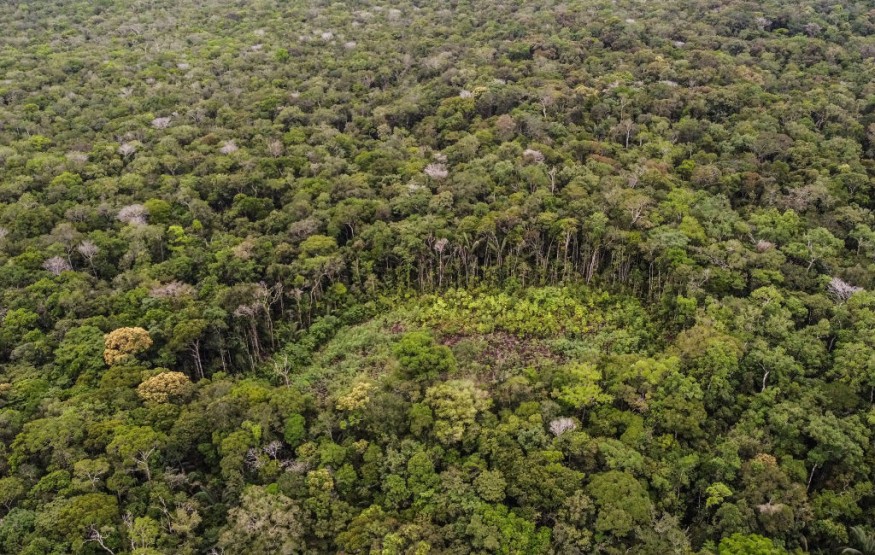A new study reveals that cocaine use poses a threat to endangered tropical birds as drug traffickers seek refuge in some of the world's most isolated jungles from drug trade crackdowns.

Narco-Driven Deforestation
According to a report published in the journal Nature Sustainability, "narco-driven" deforestation in Central America poses a threat to two-thirds of the region's important bird habitats.
According to analysts, the United States drug war has not decreased the size of criminal networks globally over the past 40 years but rather forced traffickers farther into forests. In order to transfer shipments, traffickers build roads and landing strips there. They also build cattle pastures in order to control the area and launder money.
Amanda Rodewald from the Cornell Lab of Ornithology and the main author of the study, stated that because of displacement, traffickers end up in woods that are disproportionately inhabited by Indigenous peoples and have the highest conservation value. The most vulnerable populations, both human and non-human, are being impacted.
It is known that drug trafficking has devastated millions of hectares of tropical forests, with catastrophic effects on human populations. In most cases, when drug gangs take over a region, Native Americans are coerced into accepting money for their land and helping with the trafficking operations.
"If they resist, their land is taken, and violence often follows. For those that are not forcibly dispossessed of their land, the only remaining options are to cooperate or flee across international borders," said Nicholas Magliocca, from the University of Alabama and the paper's co-author.
Loss Of Critical Habitat
The potential impact on bird populations of the loss of these vital habitats has been estimated for the first time by experts.
They discovered that 67 species of migratory birds that nest in the US and spend the winter in Central America are at risk.
Ninety percent of the population of golden-cheeked warblers lives in woods that are at risk from the drug trade, making them extremely vulnerable. According to the study, these regions are also home to 70% of Philadelphia vireos and golden-winged warblers during the winter.
According to the research, the trafficking of cocaine alone is responsible for 15% to 30% of the yearly deforestation that occurs in Nicaragua, Honduras, and Guatemala. This information is derived from satellite remote sensing.
Since 1970, the number of both resident and migratory birds in Central America has decreased by half, with deforestation playing a major role in this loss.
The "five great forests," which are the greatest remaining forests in Central America, are home to many Indigenous peoples and are seeing an increase in the trafficking of cocaine. Purchasing forests and utilizing them for cattle ranching is one of the primary ways that cartels launder money into the legal economy.
"US drug policy in Central America focuses on the supply side of the equation, and law-enforcement pressure plays a significant role in the movement of trafficking routes and locations of narco-deforestation," said Magliocca.
Instead of focusing on drug cultivation, the study only examined drug trafficking. With the exception of Belize, where there was insufficient data, it examined the effects in every Central American nation.
The researchers suggested that clearing up ambiguous land tenure, enhancing forest monitoring and protection, and providing jobs and opportunities for the local community will all aid in addressing the issue. This would imply that a community would be more economically resilient if traffickers or other criminal activity relocated there.
Related Article : Main Threats of Deforestation
© 2026 NatureWorldNews.com All rights reserved. Do not reproduce without permission.





